- ,
Home / Patio & Garden / Landscaping
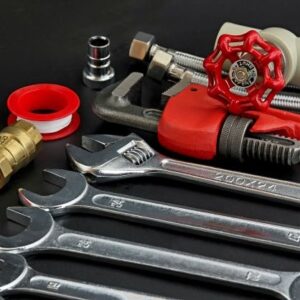 DIY Plumbing Equipment Tool Kit: Find Out Everything You Need
DIY Plumbing Equipment Tool Kit: Find Out Everything You Need Tankless vs. Tank Water Heater: The Ultimate Showdown
Tankless vs. Tank Water Heater: The Ultimate Showdown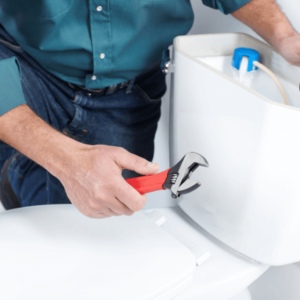 DIY Toilet Repair: How to Fix Any Toilet Issue
DIY Toilet Repair: How to Fix Any Toilet Issue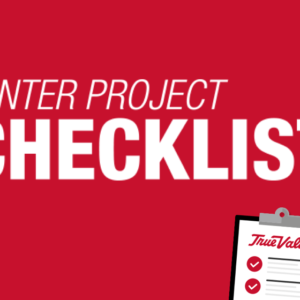 Winter Home Maintenance Checklist
Winter Home Maintenance Checklist How to Get Rid of Rodents
How to Get Rid of Rodents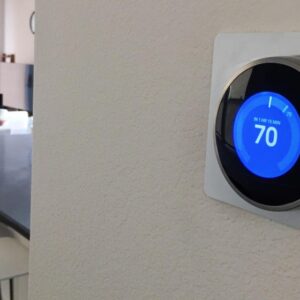 How to Install a Programmable Thermostat
How to Install a Programmable Thermostat 7 Ideas for a Quick Bathroom Makeover
7 Ideas for a Quick Bathroom Makeover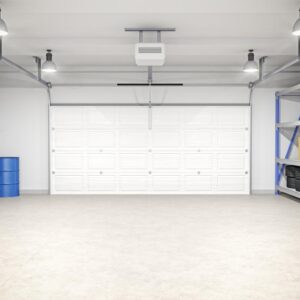 5 Garage Storage & Organization Tips
5 Garage Storage & Organization Tips Tips & Hacks For Holiday Decoration Storage
Tips & Hacks For Holiday Decoration Storage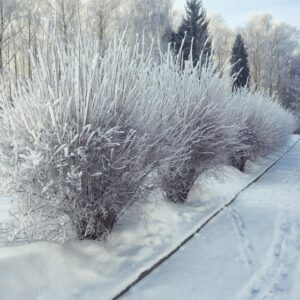 How to Protect Your Landscape from Road Salt
How to Protect Your Landscape from Road SaltGet offers and project ideas
Our True Value stores are independently owned and operated. Enter your City & State or zip code to see stores near you.
You can use the format: [City, State] or [zip code]